Meaning: Asking “Who…?” with emphasis on the subject.
Grammar Point
This pattern is used to ask specifically who performs an action. In casual form, use 「誰が + verb (plain) + のか」. In polite form, use 「誰が + verb (ます) + か」.
Formation:
誰が + Verb(plain)+ のか
誰が + Verb(ます)+ か
日本語 / にほんご / Japanese
(1) 誰が皿を洗うのか / 洗いますか。
(2) 誰が箱を開けたのか / 開けましたか。
(3) 誰が私のケーキを食べたのか / 食べましたか。
(4) 誰がこの公園で遊ぶのか / 遊びますか。
(5) 誰が医者になるのか / 医者になりますか。
(6) 誰が警察官になるのか / 警察官になりますか。
ことばと表現 / Words & Expressions
皿【さら sara】plate, dish
洗う【あらう arau】to wash
箱【はこ hako】box
開ける【あける akeru】to open
遊ぶ【あそぶ asobu】to play
警察官【けいさつかん keisatsukan】police officer
英語 / えいご / English
(1) Who will wash the plates?
(2) Who opened the box?
(3) Who ate my cake?
(4) Who will play in this park?
(5) Who will become a doctor?
(6) Who will become a police officer?
ひらがな / Hiragana
(1) だれが さらを あらうのか / あらいますか。
(2) だれが はこを あけたのか / あけましたか。
(3) だれが わたしの けーきを たべたのか / たべましたか。
(4) だれが このこうえんで あそぶのか / あそびますか。
(5) だれが いしゃに なるのか / いしゃに なりますか。
(6) だれが けいさつかんに なるのか / けいさつかんに なりますか。
ローマ字 / Roman letters
(1) Dare ga sara o arau no ka / araimasu ka.
(2) Dare ga hako o aketa no ka / akemashita ka.
(3) Dare ga watashi no keeki o tabeta no ka / tabemashita ka.
(4) Dare ga kono kouen de asobu no ka / asobimasu ka.
(5) Dare ga isha ni naru no ka / isha ni narimasu ka.
(6) Dare ga keisatsukan ni naru no ka / keisatsukan ni narimasu ka.







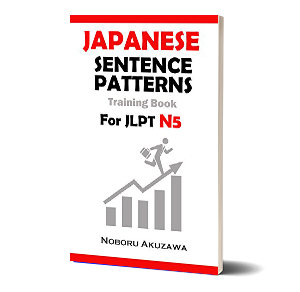
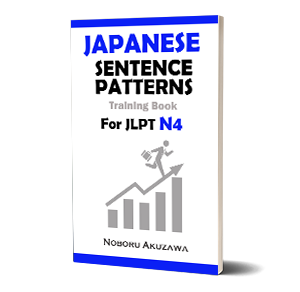
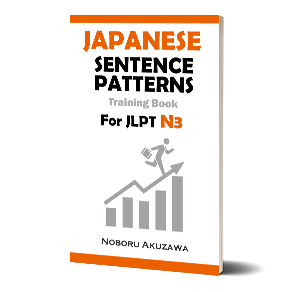
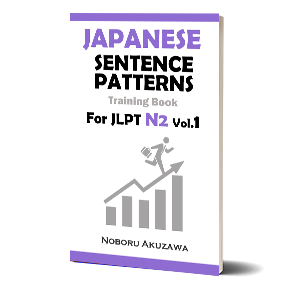
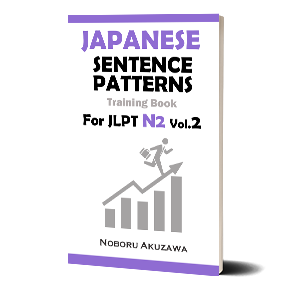

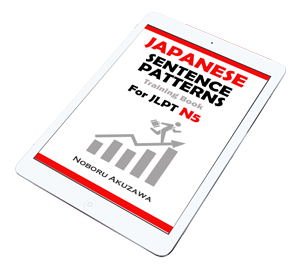
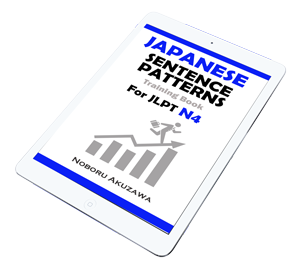
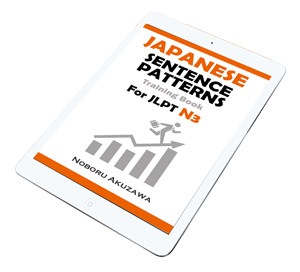

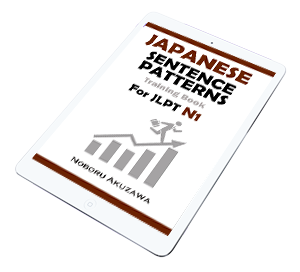









No comments yet.